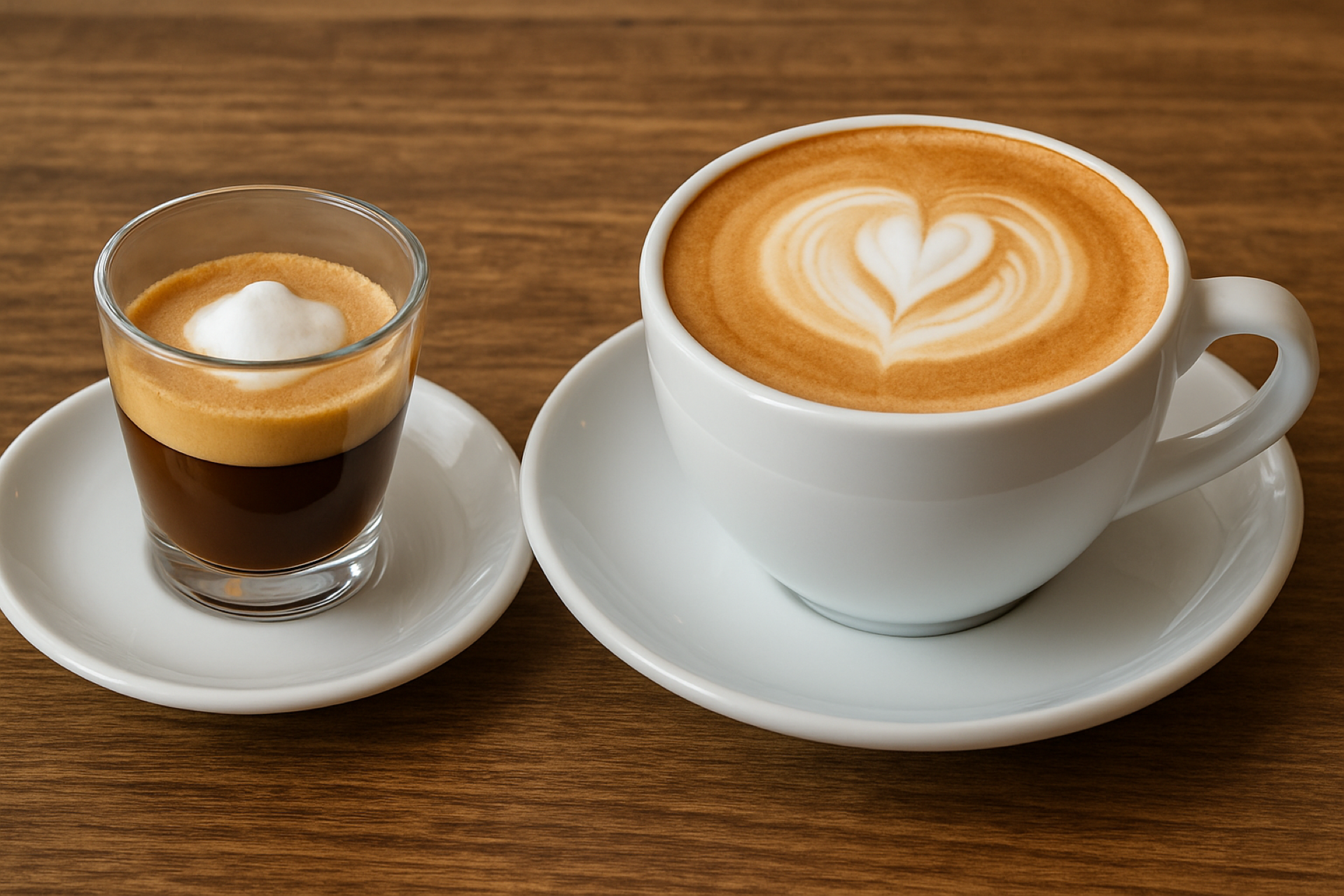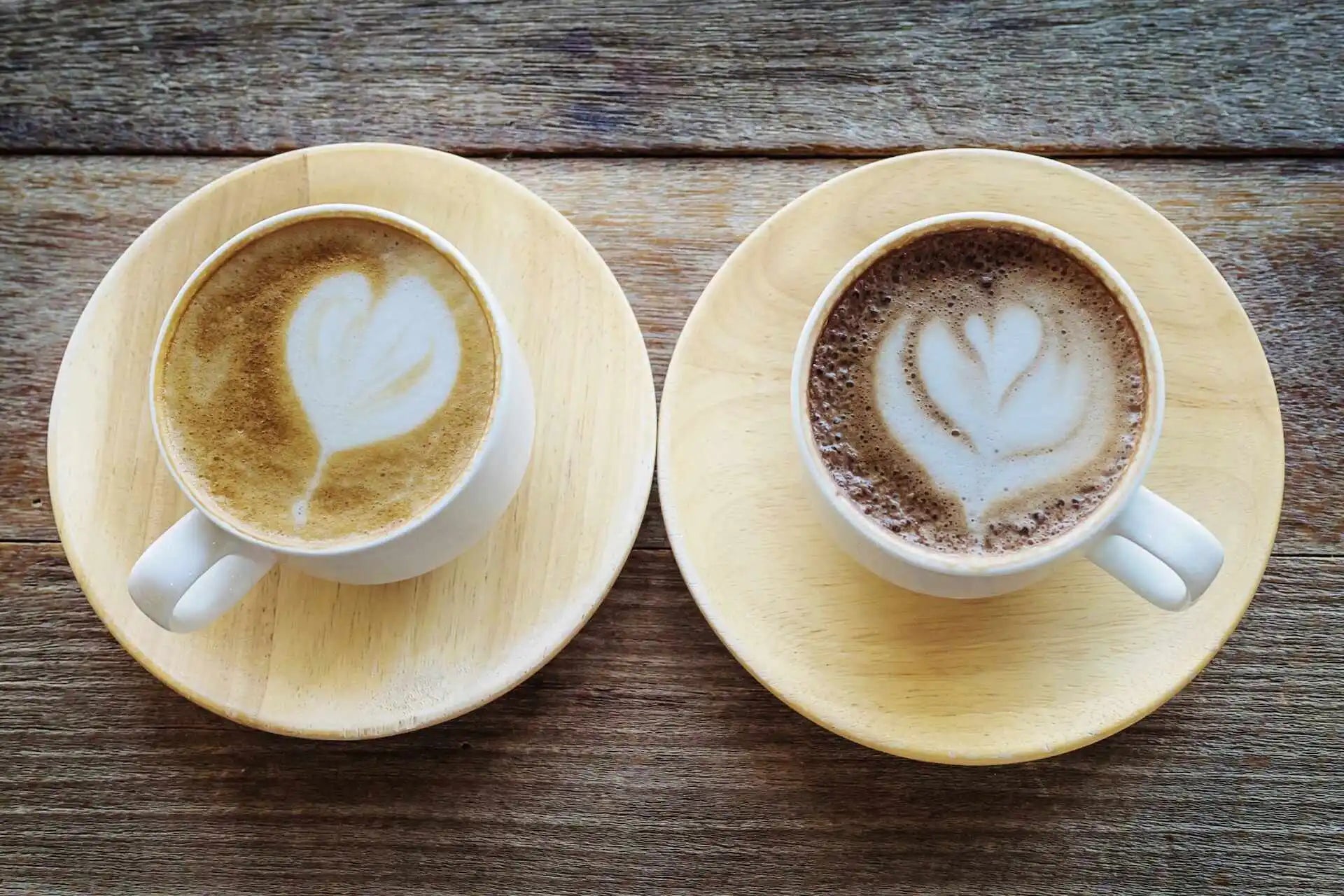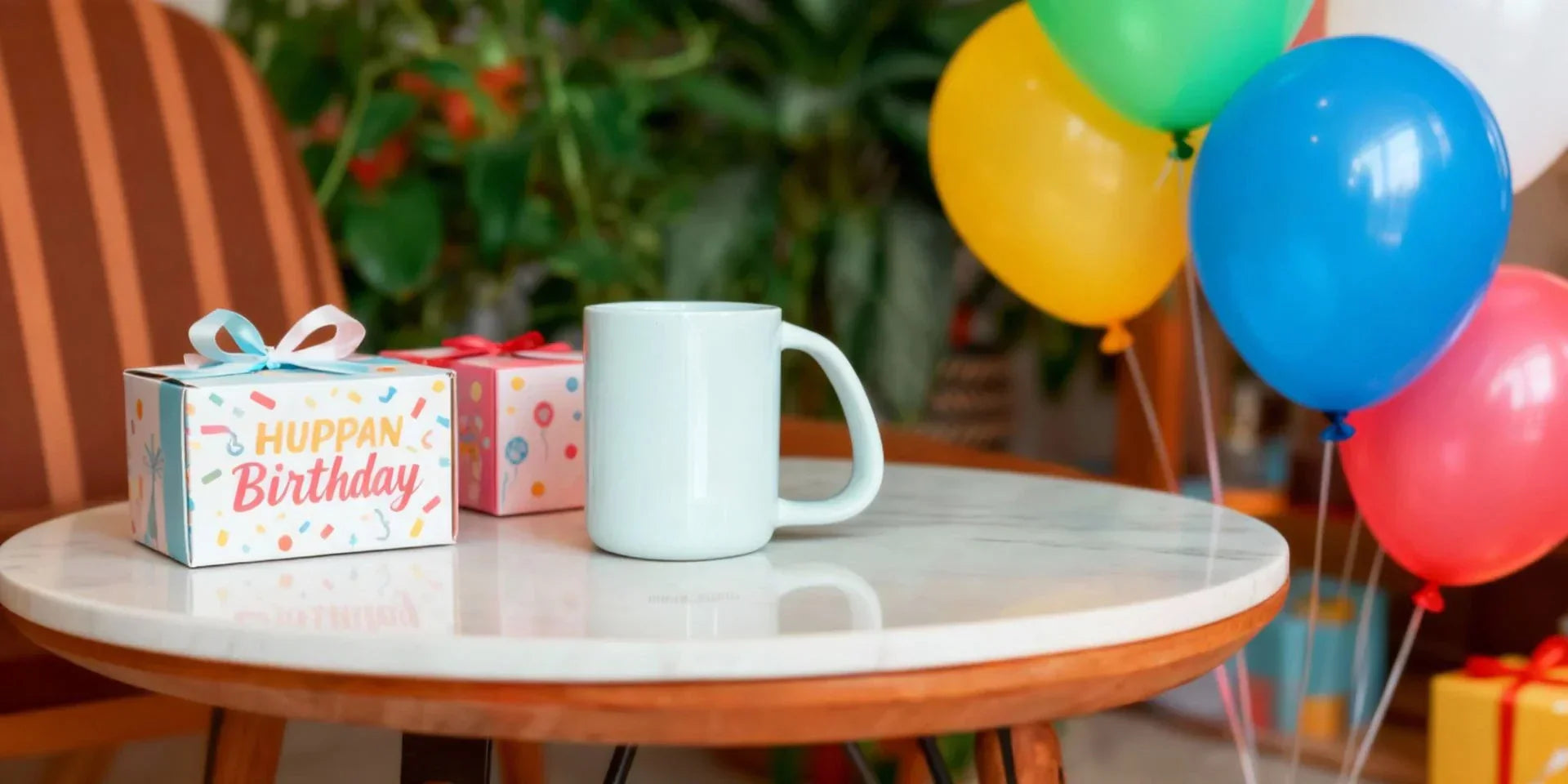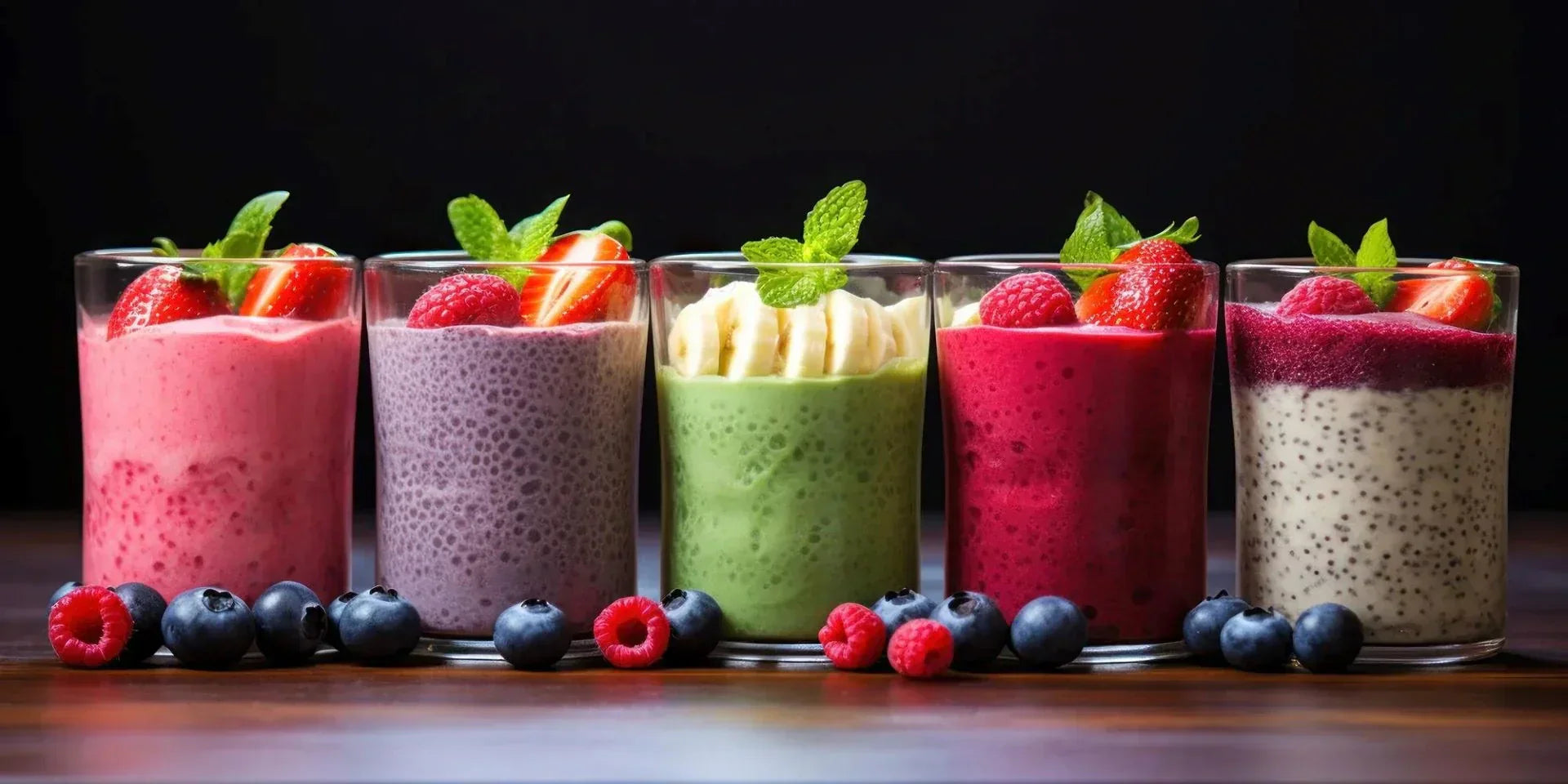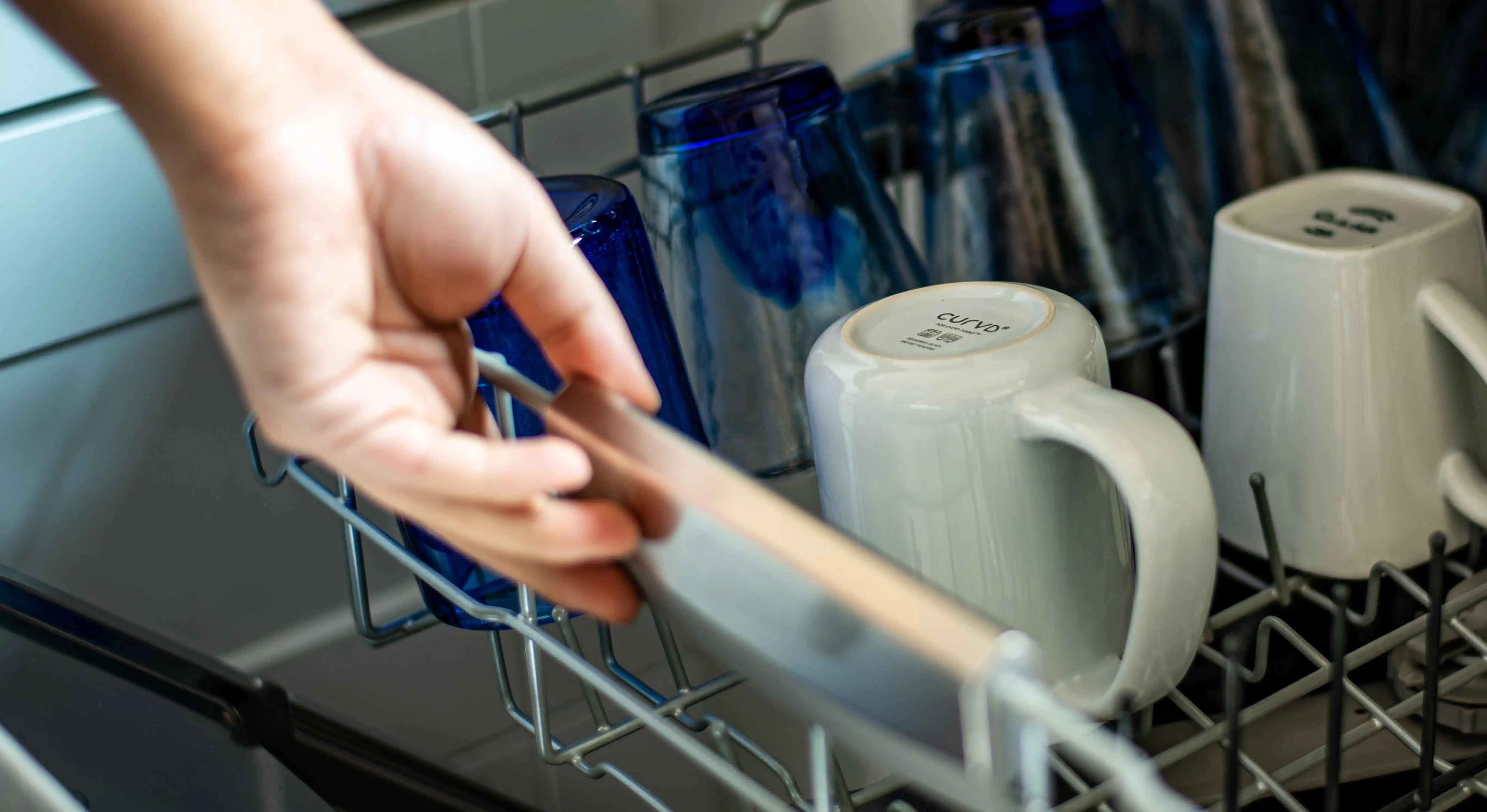Walk into any café in Italy and you will notice something striking. Most people do not order a grande latte or a flavored drink layered with syrup. Even the mugs reflect this tradition. While modern cafés experiment with contemporary designs, Italians often prefer the simplicity of classic vessels, showing the ongoing debate between traditional mugs and modern designs. Instead, you will see a rhythm: locals standing at the counter with tiny cups of macchiato, or sitting with a cappuccino and a pastry in the morning light. Though both drinks share the same espresso base, they represent very different traditions, moods, and ways of living.
The macchiato is short, sharp, and designed for momentum. The cappuccino is balanced, creamy, and designed for pause. One is taken quickly, often standing at the bar; the other is lingered over, usually in the company of food or friends. Both are famous far beyond Italy, yet their origins and meanings remain deeply tied to everyday life in Europe and now, the wider world.
1. Where They Come From
-
Macchiato: The word means “stained” in Italian. It was invented for people who wanted the raw intensity of espresso but with just a touch of softness. A small spoon of milk foam was enough to “mark” the shot without changing its character.
-
Cappuccino: Named after the brown robes of Capuchin monks, this drink is all about balance. It is built from one part espresso, one part steamed milk, and one part foam. It became the Italian way of turning strong coffee into a morning ritual.
Why it matters: The macchiato is a nod to efficiency. The cappuccino is a nod to comfort.
2. How They Taste
-
Macchiato: Bold, sharp, concentrated. The espresso dominates. The milk is just a whisper.
-
Cappuccino: Creamy, smooth, and velvety. The milk and foam create harmony, turning the espresso into something more approachable. This experience is often elevated by serving it in durable ceramic coffee mugs, which preserve heat and add to the comfort of the drink.
Why it matters: The macchiato is like a quick sentence. The cappuccino is like a full conversation.


3. How People Drink Them
-
Macchiato: In Rome or Milan, people drink it “al banco”, standing at the bar. Think of Sant’Eustachio Il Caffè in Rome or Caffè Jamaica in Milan. The ritual is short: order, sip in two or three gulps, pay, leave. The macchiato belongs to commuters, professionals, or anyone rushing through Termini station or Milan Centrale.
-
Cappuccino: In Venice, at Caffè Florian on Piazza San Marco, cappuccinos arrive with pastries and music in the background. In Paris, at Café de Flore, people linger with cappuccinos for hours, reading or talking. In Melbourne, cappuccinos come with latte art, foam turned into art pieces.
Why it matters: The macchiato fits fast moments. The cappuccino fits slow mornings.
4. What They Do for the Body
-
Macchiato: Lower in calories, nearly pure espresso. It delivers an intense caffeine kick without heaviness, even stronger in focus and clarity than today’s functional coffee drinks.
-
Cappuccino: More filling thanks to milk. Gentler on the stomach, especially early in the day. Comforting, almost like a small meal.
Why it matters: The macchiato sharpens. The cappuccino soothes.
Quick Comparison Table
|
Aspect |
Macchiato |
Cappuccino |
|
Origin |
“Stained” espresso with a touch of milk foam |
Named after Capuchin monks, balanced 3-part drink |
|
Taste |
Bold, sharp, concentrated |
Creamy, smooth, harmonious |
|
Typical Setting |
Standing at a café bar, quick pause |
Sitting at a table, breakfast ritual |
|
Body Benefits |
Low calorie, quick energy, sharp focus |
Filling, gentle on stomach, comforting |
|
Symbolism |
Efficiency, directness, decisiveness |
Ritual, warmth, balance |
|
Famous Spots |
Sant’Eustachio (Rome), Caffè Jamaica (Milan) |
Caffè Florian (Venice), Café de Flore (Paris) |
5. The Symbolism Behind Each
-
Macchiato: Represents decisiveness and directness. It is for people who value truth without sugar, minimalism without distraction. The macchiato says, “I need clarity now.”
-
Cappuccino: Represents balance and care. It is for people who believe mornings should be rituals, not rushes. The cappuccino says, “I want warmth and connection.”
Why it matters: Coffee is not only about taste but also about identity.
6. Famous Places That Celebrate Them
-
Macchiato: Sant’Eustachio Il Caffè in Rome, Caffè Jamaica in Milan, and countless small bars across Italy where standing at the counter is tradition.
-
Cappuccino: Caffè Florian in Venice, Café de Flore in Paris, Café Central in Vienna, and the café culture of Melbourne and Sydney where cappuccino is a symbol of creativity. For a French twist on this culture, the café noisette recipe you can make at home offers a similar balance of espresso and softness.
Why it matters: These drinks carry the spirit of the cities they belong to.
7. What They Say About Us
-
Choosing a macchiato says: you are in motion, you value sharpness, you want strength in small doses.
-
Choosing a cappuccino says: you value balance, you care about rituals, and you prefer to take your time.
Of course, many of us are both. We reach for macchiato on busy workdays, cappuccino on weekend mornings. In this sense, coffee becomes a mirror of our mood.
8. The Deeper Contrast
If we reduce it to symbols:
-
The macchiato is a blade. Small, sharp, decisive.
-
The cappuccino is a blanket. Warm, balanced, embracing.
One ignites the mind. The other nourishes the heart.
Wrap-up
So what is the difference between macchiato and cappuccino? At first, it looks like a matter of milk ratios. But it is more than that. It is about pace, mood, and the kind of life we want to live.
The macchiato is the spark: quick, strong, and uncompromising.
The cappuccino is the embrace: slow, soft, and harmonious.
Each morning we choose not just between two drinks but between two philosophies. That is why coffee is never just caffeine. It is culture, ritual, and identity, part of the larger story of coffee rituals around the world.
FAQs
Which has more caffeine: macchiato or cappuccino?
They both usually contain one shot of espresso, so the caffeine content is the same. The difference is that the macchiato tastes stronger because it has almost no milk to dilute it.
What is the difference between a macchiato and a latte?
A latte contains much more milk, usually served in a tall glass, and is creamy and mild. A macchiato is much smaller, with only a tiny dash of milk added to the espresso, keeping the flavor intense.
Is a caramel macchiato the same as an Italian macchiato?
Not at all. The “caramel macchiato” popularized by Starbucks is essentially a flavored latte with caramel syrup and foam. The traditional Italian macchiato is simply espresso with a tiny spoon of milk foam.
Which drink is better if I want to cut calories but still enjoy coffee?
The macchiato is the lighter option, with very few calories since it contains only a splash of milk. A cappuccino has more calories because of the milk, though it is still lighter than lattes or flavored coffee drinks.


